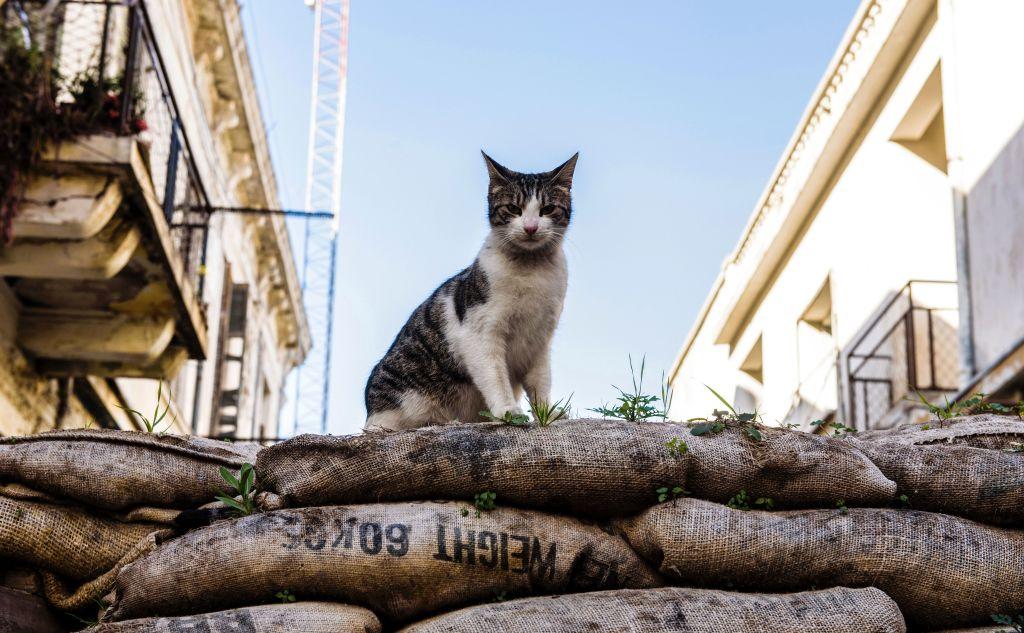The Australian government will deploy a range of measures in its war against feral cats.
Felines have contributed to the deaths of millions of native species including including reptiles, birds, and mammals.

The Australian government will deploy a range of measures in its war against feral cats.
Felines have contributed to the deaths of millions of native species including including reptiles, birds, and mammals.